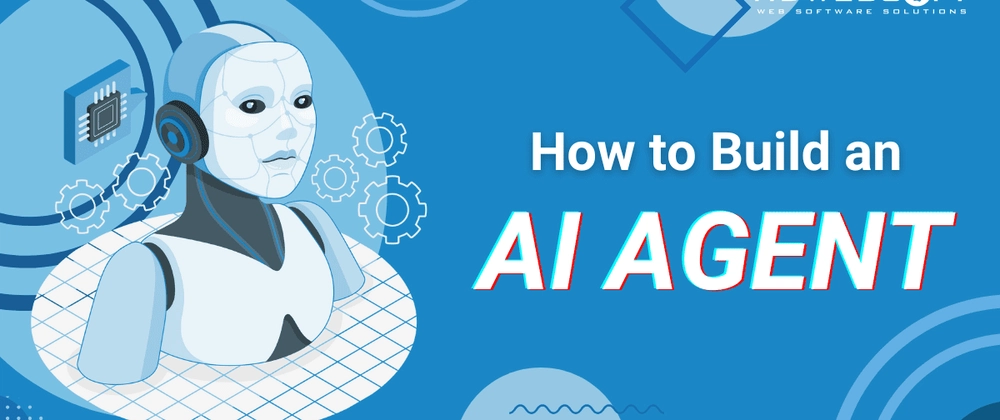AI assistants are transforming industries by automating workflows, enhancing customer interactions, and improving decision-making. This guide provides a technical breakdown of how to build a sophisticated AI-powered assistant.
1. Define the AI Assistant’s Objectives
Clearly outline the assistant’s purpose. Whether it’s streamlining customer support, processing transactions, or handling predictive analytics, defining its core functions is critical for effective development.
2. Select the Right AI and Automation Technologies
A robust AI assistant requires a combination of advanced tools and frameworks, including:
- Natural Language Processing (NLP): OpenAI GPT, Google Dialogflow, Rasa NLU
- Machine Learning (ML) & Deep Learning: TensorFlow, PyTorch, Hugging Face Transformers
- Speech Recognition & Synthesis (if applicable): Google Speech-to-Text, Amazon Polly
- Automation & Integration: Robotic Process Automation (RPA), RESTful APIs, GraphQL
- Cloud & Edge Computing: AWS Lambda, Google Cloud AI, Azure Cognitive Services
3. Architecting the AI Assistant’s System
A well-structured system ensures efficiency and scalability. Key components include:
- User Input Processing: Voice, text, or multimodal inputs
- Intent Recognition & Entity Extraction: NLP models to understand user queries, such as the NER model.
- AI Decision Engine: Machine learning models for contextual reasoning and decision-making, take ML prediction models as an example.
- Response Generation & Personalization: Conversational AI frameworks to tailor responses
- System Integration Layer: Connects to databases, APIs, and enterprise software (CRM, ERP, etc.)
4. Data Collection and Model Training
High-quality data is essential for training AI models. Steps include:
- Data Preprocessing: Cleaning and labeling datasets for NLP and ML models
- Model Training: Supervised or unsupervised learning for intent classification and response generation
- Continuous Learning: Using reinforcement learning or active learning for model improvement
5. Development and Testing
Build the AI assistant using Python, Node.js, or other preferred languages. Implement rigorous testing methods:
- Unit Testing: Validates individual modules and components
- Load Testing: Measures system performance under varying workloads
- A/B Testing: Compares AI-generated responses to improve user interactions
- User Acceptance Testing (UAT): Ensures the AI assistant meets business requirements and user expectations before deployment
6. Deployment and Optimization
Deploy the AI assistant on a scalable infrastructure, such as Kubernetes or Dockerized cloud environments. Continuously monitor system performance and apply updates to:
- Enhance Response Accuracy: Regular model retraining with real-world interactions
- Improve Security & Compliance: Ensure data privacy and regulatory adherence
- Optimize Scalability: Use cloud auto-scaling and edge computing for seamless performance. Additionally, leverage Machine Learning as a Service platform like AWS SageMaker, Google AI Platform, or Azure Machine Learning to streamline model training, deployment, and monitoring. MLaaS enables real-time model updates, reducing latency and improving decision-making capabilities.
Conclusion
Developing a highly functional AI assistant requires advanced technologies, structured architecture, and continuous optimization. With AI-driven automation, businesses can improve efficiency, reduce costs, and enhance customer experiences.



Top comments (0)